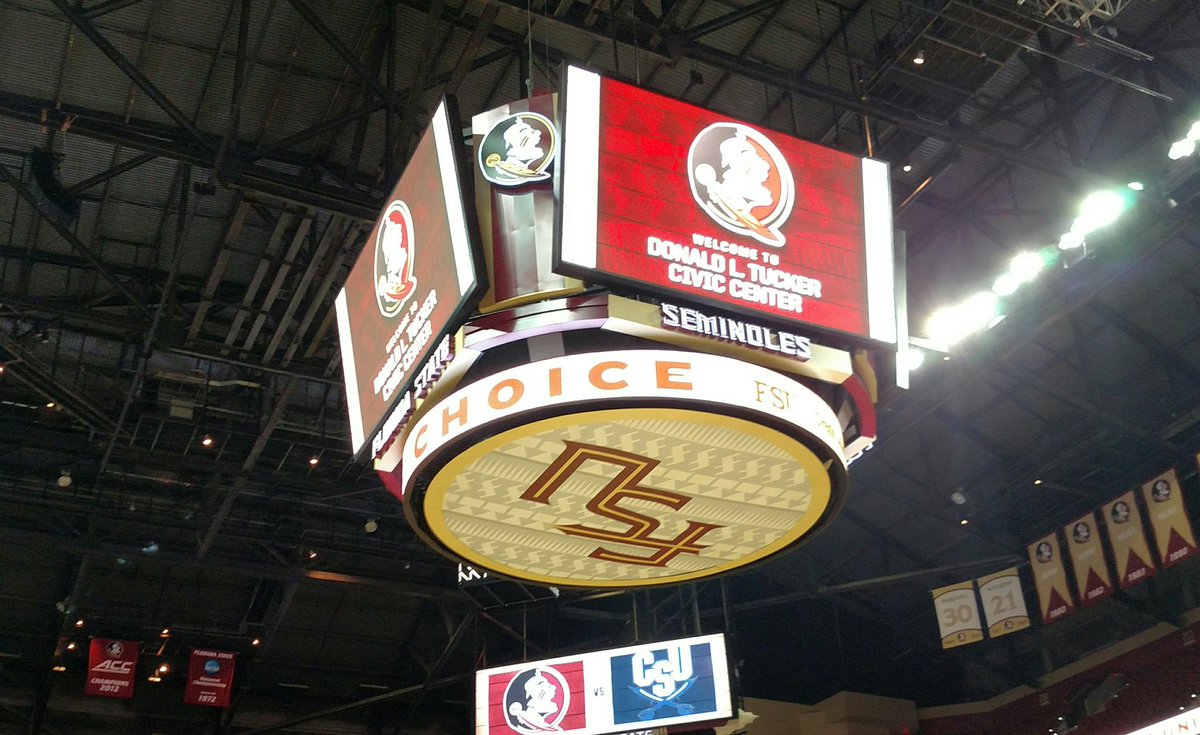https://mobile.nytimes.com/2017/06/19/sports/golf/us-open-brooks-koepka.html
Trey Jones had replied to dozens of texts and emails and spoken by phone with several well-wishers Sunday night after Brooks Koepka, whom Jones coached at Florida State, became the fourth Seminole, after Hubert Green, Paul Azinger and Jeff Sluman, to win a men’s golf major championship.
The hour was late, and Jones, who was in Omaha to support the Florida State baseball team in the College World Series, was exhausted. He fell asleep quickly, only to be awakened after midnight by his phone’s ringtone. Dreading what news such a late-night call might bring, Jones groggily answered.
But it was Koepka on the other end, with words that every coach or educator thrills to hear.
Jones said Koepka thanked him for molding him into a golfer capable of winning the
United States Open, which Koepka had done in convincing fashion hours earlier with a closing five-under 67, the second-lowest score of the day, on a windswept Erin Hills course. He told Jones that he loved him and added, “I wouldn’t be here without you.”
At Florida State, Koepka was a three-time all-American with a five-alarm temper.
“On a scale of one to 10, it was close to the top,” Jones said. “It was way, way up there.”
Jones said he called Koepka out about his comportment, which was the subject of numerous “tough love” talks.
With Jones’s help, Koepka in time came to see that his outbursts were an obstacle in his path to becoming a champion golfer. He won his first event as a senior, then added two more titles by the season’s end.
“He can take tough love,” Jones said. “You’d ride him, and he’d thank you for it.”
The transformation that began in Tallahassee was on full display down the stretch on Sunday. Koepka made three birdies in a row starting at No. 14 to distance himself from a fast-charging Hideki Matsuyama and a steady Brian Harman. Matsuyama and Harman finished at 12 under, which would have been good enough to win 115 of the United States Opens that have been contested, but not the 117th. They finished four strokes behind Koepka, who tied Rory McIlroy’s tournament record of
16 under in 2011.
“I had an opportunity today, and I didn’t get it done,” Harman said afterward. “But at the same time, I don’t feel as though I lost the golf tournament. I think Brooks went out and won the tournament.”
In four rounds, Koepka missed seven fairways and 10 greens. His machine-like efficiency was matched by his programmed waves to every made putt. His emotions on the course ran the gamut from calm to cool.
“He’s just really, really chill,” said Koepka’s caddie, Ricky Elliott. “Brooks could sometimes do with a little kick, like are you awake yet? He’s as calm as it gets, really, to a fault sometimes.”
Koepka, 27, came into the Open with one PGA Tour victory, in 2015, but he outperformed his résumé in the majors. He tied for fourth at the 2014 United States Open and the 2016 P.G.A. Championship and tied for fifth at the 2015 P.G.A. Championship.
“There’s something about majors where I just focus a lot more,” Koepka said. “Obviously I need to do that more often.”
In 2013, the year after he left Florida State, Koepka played on the minor league circuit in Europe in a successful attempt to obtain his European Tour membership.
“He called me when he was on the European Challenge Tour, and said, ‘I get it now,’” Jones recalled.
Koepka told Jones that he saw behavior by his fellow competitors that Jones wouldn’t countenance.
“It takes a pretty big man to step up and say, ‘I was wrong,’” Jones said. “But that’s who Brooks is. Any criticism that would help his golf game, he’d take it.”
In 2014, Jones recalled getting frustrated watching the United States Open telecast from Pinehurst, N.C., where Koepka finished 10 strokes behind the winner, Martin Kaymer. Despite the fact that only three golfers scored better, Koepka did not receive much screen time.
“They showed him maybe two times,” Jones said.
Three years later, Koepka turned Sunday’s back nine into a one-man show that Jones believes could have a long run.
“Just because of how competitive he is,” Jones said. “He has always set his sights so high.”
After winning his first major, Koepka seems determined not to lose his low profile. He told Jones that he was forgoing the traditional New York media tour that in recent years has served as the United States Open winner’s victory lap. Everyone he wanted to talk to about his title seemed to be in his smartphone contact list.
Linafelt / FSUVerified account @Tim_Linafelt








![[IMG]](https://floridastate.forums.rivals.com/proxy.php?image=http%3A%2F%2Fi1252.photobucket.com%2Falbums%2Fhh574%2Fdorseypatrick%2FLSU%2FLightsSign.jpg&hash=28067a0ca84718d6f658d50f5ec01365)
![[IMG]](https://floridastate.forums.rivals.com/proxy.php?image=http%3A%2F%2F2le0xp15a8jj172v473v3y381vh.wpengine.netdna-cdn.com%2Fsports%2Fwp-content%2Fuploads%2Fsites%2F10%2F2014%2F04%2FRainier-Texas-AM-Scoreboard-1.jpg&hash=84f045bb58477fde08526cdd0cce8c82)
![[IMG]](https://floridastate.forums.rivals.com/proxy.php?image=http%3A%2F%2Fcollegiatestadiums.com%2Fuploads%2F2012-michigan-state-new-scoreboard-6.jpg&hash=1dc1b16b5192b313633d0d1a98cc6298)
![[IMG]](https://floridastate.forums.rivals.com/proxy.php?image=http%3A%2F%2Fc1.staticflickr.com%2F4%2F3330%2F3183094885_22c88335d2_b.jpg&hash=9d3e056d400bf804d7b8b361282ebf95)
![[IMG]](https://floridastate.forums.rivals.com/proxy.php?image=http%3A%2F%2F4.bp.blogspot.com%2F-Y4aM6vejIeA%2FTmBTK7U2H9I%2FAAAAAAAAUUM%2FWPiK0zUBCDE%2Fs1600%2Fstadium5.jpg&hash=fe666fc74872ff3da863fbc3c28d25d4)
![[IMG]](https://floridastate.forums.rivals.com/proxy.php?image=https%3A%2F%2Fs-media-cache-ak0.pinimg.com%2Foriginals%2Ff1%2F1a%2F16%2Ff11a16eb37a3282ba1b6c47b7311157a.jpg&hash=e3c31692a0c4960981eaaef27c01e1a8)
![[IMG]](https://floridastate.forums.rivals.com/proxy.php?image=http%3A%2F%2Fwww.capitolbroadcasting.com%2Fwp-content%2Fuploads%2F2013%2F12%2FCFS_board.jpg&hash=dd20b88f02bf38c936b3609a83a4e953)
![[IMG]](https://floridastate.forums.rivals.com/proxy.php?image=https%3A%2F%2Fs3.amazonaws.com%2Fmedia.atp%2F21493_img_0535p.JPG&hash=83a2b15a4bfa0098574cafdf04059584)
![[IMG]](https://floridastate.forums.rivals.com/proxy.php?image=http%3A%2F%2Foi64.tinypic.com%2Fs1njtu.jpg&hash=6642044078b8c5a1a5330e99f1c4fbea)
![[IMG]](https://floridastate.forums.rivals.com/proxy.php?image=http%3A%2F%2Fi67.tinypic.com%2F8xpjk9.jpg&hash=a281f624956681f4c1f06ae7d395c54e)

![[IMG]](https://floridastate.forums.rivals.com/proxy.php?image=http%3A%2F%2Fi67.tinypic.com%2F24w909g.jpg&hash=bfe4d48bbd4bb31efcaf9933a7e34db5)
 shot by Jordan Spieth. Daniel Berger will have to "settle" for a runner-up finish and "only" $734,400 for a week of work!
shot by Jordan Spieth. Daniel Berger will have to "settle" for a runner-up finish and "only" $734,400 for a week of work!









